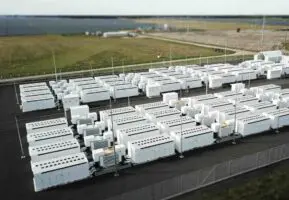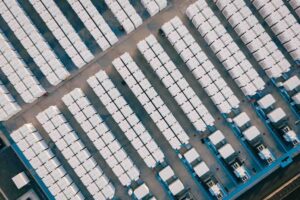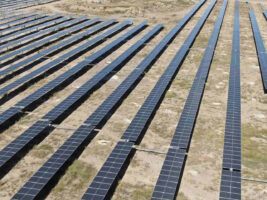How cheap is solar? Cheap enough, says the head of the Australian Renewable Energy Agency, to drive the transformation of our grid to zero emissions. Cheap enough, he says, to inspire some people to install air conditioners on their verandah to cool the air outside the house, as well as inside.

The latter, quite bizarre example was given by ARENA CEO Ivor Frischknecht at the recent Emissions Reduction conference in Melbourne to illustrate just how cheap solar has become.
He came across a home owner in Townsville, north-eastern Queensland, who had installed a very large rooftop solar system, and planned to use it to power an air conditioning unit on the verandah.
“He likes to have cool air on his face while he is sitting outside outside,” Frischknecht said. “And this is fine, because if you are only running it in middle of day, and using the solar, the energy is free.”
Indeed, noted Frischknecht, solar was becoming so cheap, and will become so abundant, that we will reach the situation where the kilowatt hours of use (i.e. the production) are effectively free. The cost will come in managing the variability, and integrating it into the grid.
But even here, contrary to much that is written, Frischknecht says the technologies to do that are available now, in the form of battery storage, demand response, pumped hydro and a “whole bunch of solutions that can ensure that the lights stay on.”
The challenge comes down to rewriting the market rules and regulations, and reframing business models, so that these technologies are rewarded for their services, and not punished.
He cited the use of battery storage.
“If you have a battery today and charge it up –you have to pay transmission costs and distribution costs and a share of RET, and when you discharge it again and sell the output, you pay all those costs again,” Frischknecht said.
“You are adding 50 per cent to the cost of energy getting stored. That’s a pretty big barrier to put in place of a mechanism we need.”
Frischknecht says it is not hard to look forward and imagine a world where many things would be quite different, and when a lot of centralised fossil fuel generation is made redundant by the falling costs of renewables.
“The cost of solar PV will be so cheap it will literally cover every surface – packaging, buildings, cars, roads. Energy will be cheap, but we will still got this variable output issue. We are going to have to figure out different ways of pricing and dealing with variable output.”










